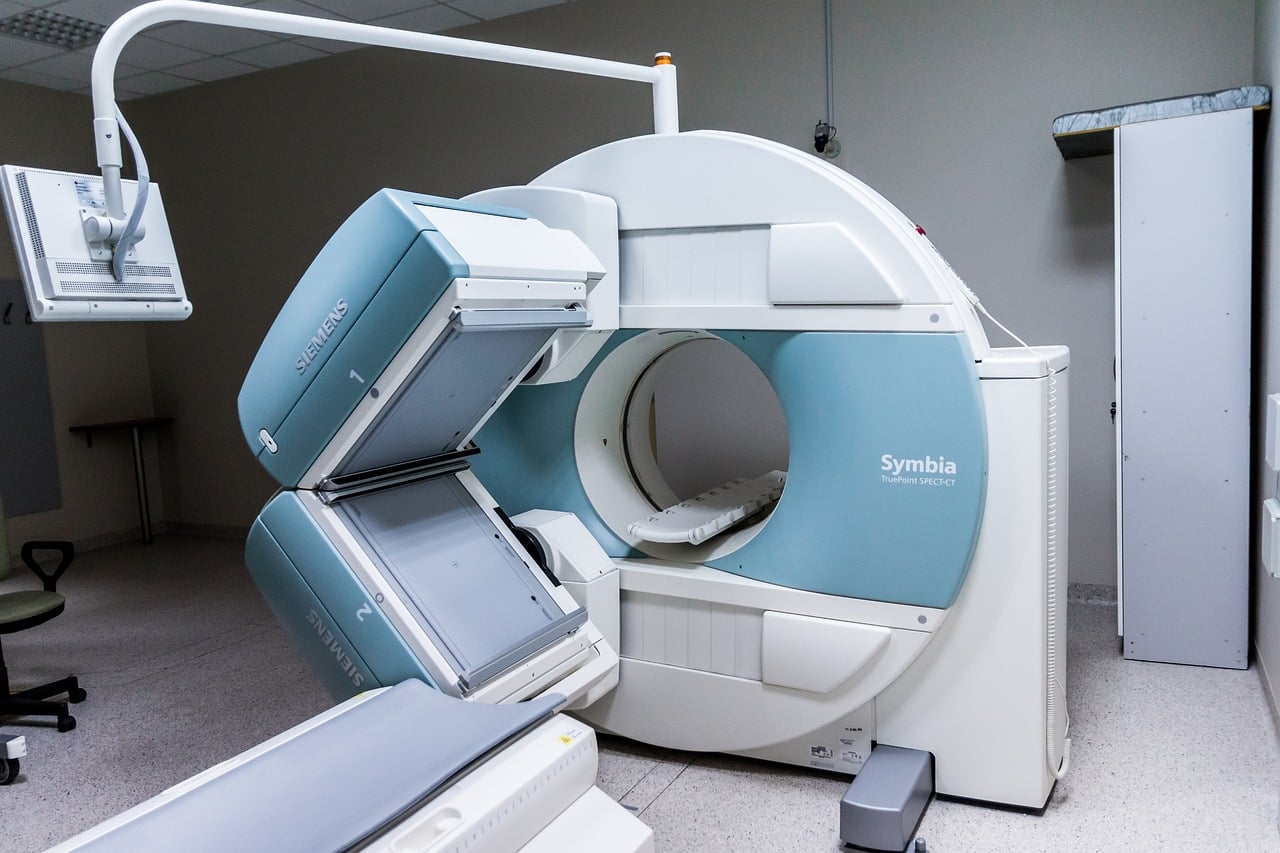The Innocence Project is a nonprofit organization that aims to overturn wrongful convictions and create new laws that will make a fairer justice system. This organization has helped free over 250 individuals who were wrongfully convicted of a crime they did not commit. They can do this by using more advanced scientific methods that may not have been present when an individual was convicted. Not only does this exonerate an innocent person, but it may also provide information on the real culprit.
Archie Williams, a Man Who Lost Over 3 Decades
Towards the end of 1982, a horrendous crime occurred. A woman colloquially known as “A.E” was repeatedly sexually assaulted and nearly killed. Her friend, who came in after the assaults occurred, described the attacker to police, and a composite sketch was made. Both women described the man as nearly 6 feet tall, African-American, and possessing a scar on his collarbone.
Later in the investigation, Archie’s picture was shown multiple times to the victim as well as two live line-ups. Despite identifying another individual and being uncertain if it was Williams, the police still arrested the then twenty-two-year-old. Following this, Archie’s DNA was compared to that of the rape kit’s as well as fingerprints found at the scene. Neither of these tests identified Williams as the attacker. Also, Williams was considerably shorter than the attacker’s description. Despite all of that, Williams was still convicted of the crime and sentenced to life without parole.
Eleven years after his conviction in 1983, Williams wrote a plea to The Innocence Project to help him. After having a 1984 appeal denied, he was out of options. One year after the letter, the nonprofit organization attempted to get the courts to allow DNA testing to be done. Their motion was denied until 2007 where only the DNA of A.E.’s husband was identified with the rape kit. They also urged the courts to use new fingerprinting systems, after an old system failed to make any identifications, which was finally allowed on March 14, 2019. Not only did this prove William’s innocence, but it also gave investigators the identity of the real perpetrator.
The real criminal was a man named Stephen Forbes who had an extensive history of similar crimes. Forbes died in prison in 1996 while serving time for 5 other assaults that took place very close to where A.E.’s took place. The assaulted was never questioned and never admitted to A.E.’s case. Finally, after 36 years in prison, Williams was released and ended up filing for wrongful conviction against the state. He later won a hefty $330,000 in damages.
He Almost Died An Innocent Man

In June of 2004, two women were found stabbed to death. One of them, Cheryl Williams, was cut a total of 129 times while the other, Carol Bareis, was stabbed only twice. Cheryl’s daughter, Samantha, claimed it was likely their neighbor, Clemente Aguirre-Jarquin. The then 24-year-old worked at a nearby restaurant as a dishwasher and food-prepper. Coincidentally, the knife used for the murders was likely from the same kitchen Aguirre worked at. Aguirre also admitted to walking in, seeing the crime, and not reporting it after he went to Cheryl’s house for some beer.
Investigators matched Aguirre’s feet to over 60 bloody footprints in Williams’ home. Following this, they discovered a bag of bloody clothes in Clemente’s house that matched the victims. Aguirre-Jarquin testified that the reason there was blood on his clothes and his fingerprint on the weapon was because he first attempted to revive Cheryl and picked up the knife in case the perpetrator was still in the house. Aguirre claimed that the reason he didn’t call the police was that he was an illegal immigrant and didn’t want to get deported.
Cheryl’s daughter, Samantha, claimed that Aguirre originally lived with her mother but was forcibly removed a few months prior due to personal issues between them. Samantha and her husband used each other as alibis for the time of the crime, while Aguirre said he was drinking with his friends. In light of all of this, Aguirre was sentenced to death.
Even though the fingerprint found on the knife turned out not to be comparable to Aguirre’s, courts still upheld his sentence and convictions in 2009. Two years later, Aguirre’s legal team reached out to The Innocence Project to submit evidence for DNA testing again. Samatha’s DNA was found in multiple locations, and it was found that she had a history of mental health issues as well as hospitalizations. The new motion was denied before multiple people came forward to testify that Samantha had admitted to the murders on multiple occasions and that the husband could not be certain that Samantha did not leave during the night.
The retrial was again denied by the judge, who later admitted to doing so for personal gain. The judge later removed themselves from the case and the trial after the Supreme Court ordered the case to be reviewed. During the jury selection process, new evidence came to light from the new wife of Samantha’s ex, who stated that he had lied previously about Samantha being with him all night. He had been awoken by her and stated she would take a taxi to her mother’s. Because of this, the charges were immediately dropped due to the change of a key witness.
Concluding Thoughts
These two cases highlight the important work that The Innocence Project carries out. Without their help, a man would have spent the rest of his life in prison, while the other would have been put to death. There’s no doubt that the heroes at the aforementioned organization have saved/improved the lives of many innocent people and hopefully continue to do so in the future.








